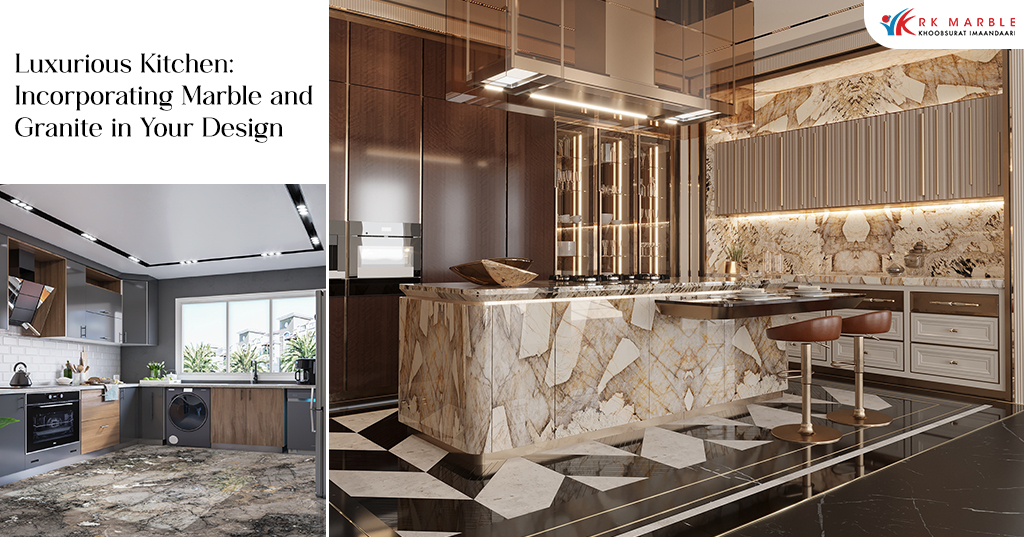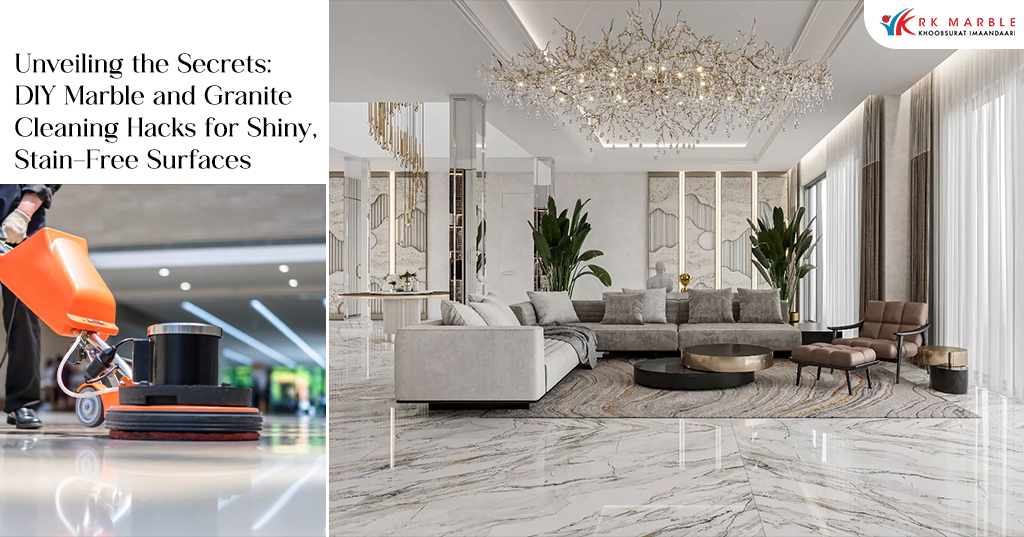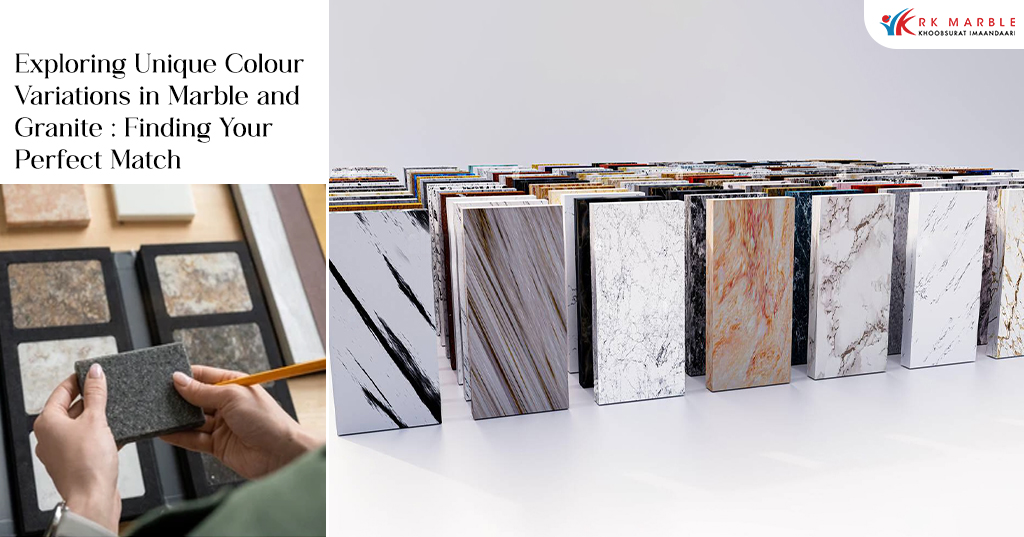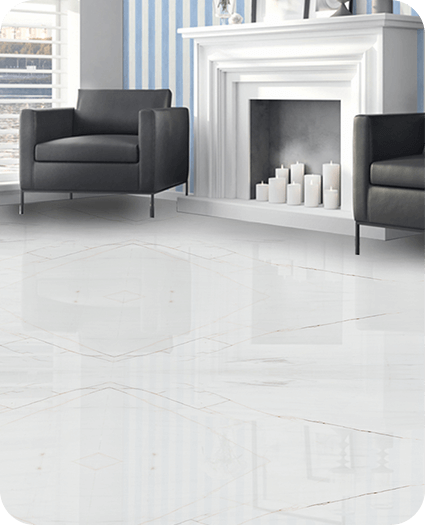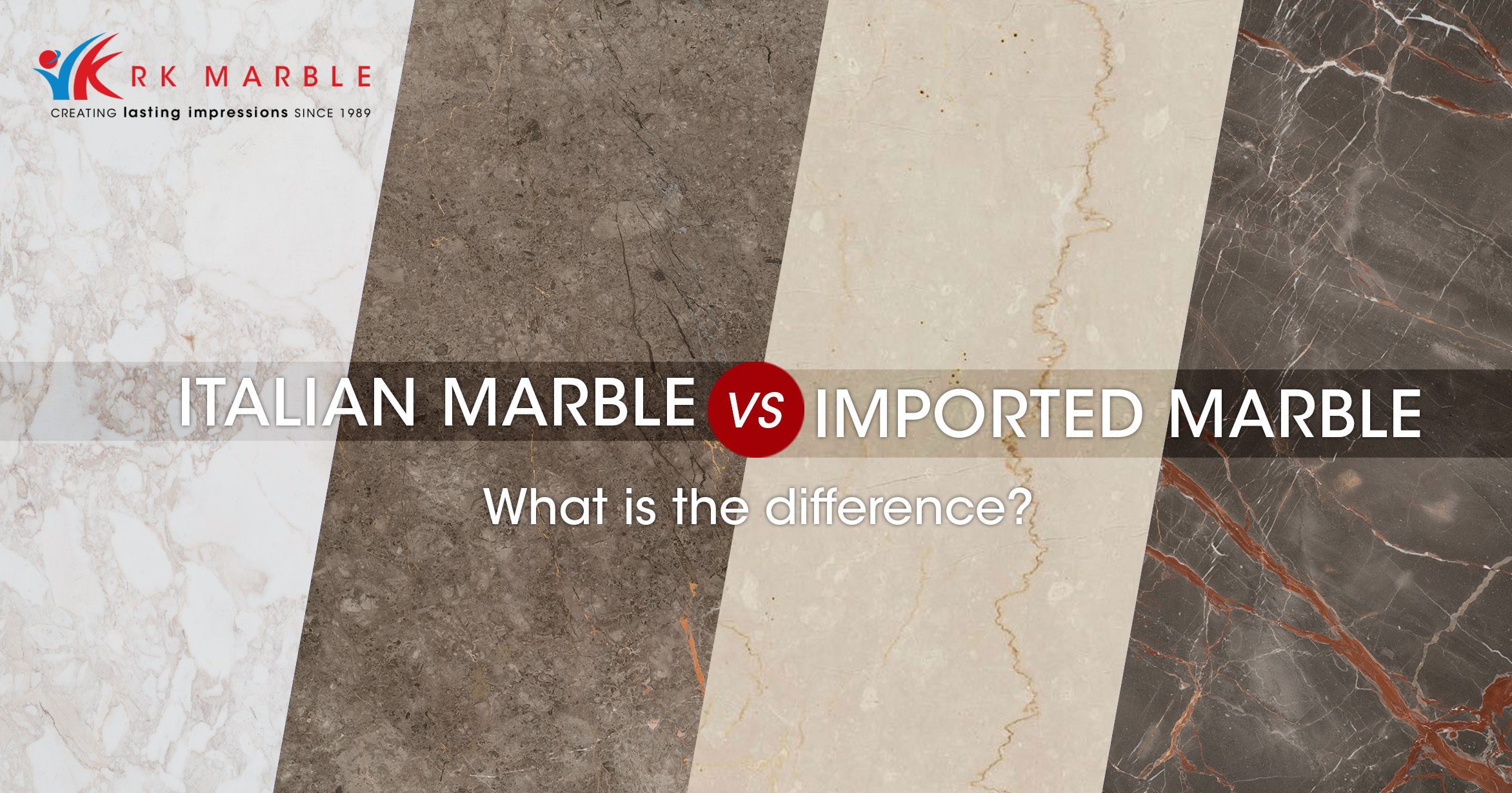
Italian marble… a premium stone category that drops jaws and widens eyes in awe everywhere, without exception. But is Italian marble the best? Is it really matchless in its shine and beauty? Before we answer that, let’s dive into how Italian marble got its rep.
Why is Italian marble popular?
The chief reason behind the regard for Italian marble is its famed purity. High-quality Italian marble is pure calcite with little to no impurities. The wavy veins and curly wisps sprawled across the white expanse present a visual treat that outlives generations.
Back in the 14th century, Renaissance architecture acknowledged this natural art and introduced marble as a staple for structures of significance. Churches, palaces and statues – the white Italian marble found applications as far and wide as they could be transported.
By the 19th century, quarries of Carrara, and the Apuan Alps (Italy’s most marble-rich area) were swarming with gargantuan machines that cut pristine blocks for export across the globe. Italian marble’s growing fame propelled the technological advancement of the industry. Italians were among the first to streamline the quarrying process for mass consumption.
- Today, Italian quarries have been extracting marble relentlessly for over 2000 years.
- Moreover, Italian marble is not an infinite resource. It is bound to run out.
- And the quality of marble produced varies sharply – resulting in the highest quality being low in volume as per demand.
Are you really buying the best quality Italian marble?
High demand has led cheaper knockoffs (yes, even for something that is supposed to be 100% natural by definition) to crowd the market. Whether you are in the market looking for white Italian marble like Statuario or coloured Italian marble like Grey William or Borghini Gold marble, you will surely encounter their much-believable doppelgangers at least once.
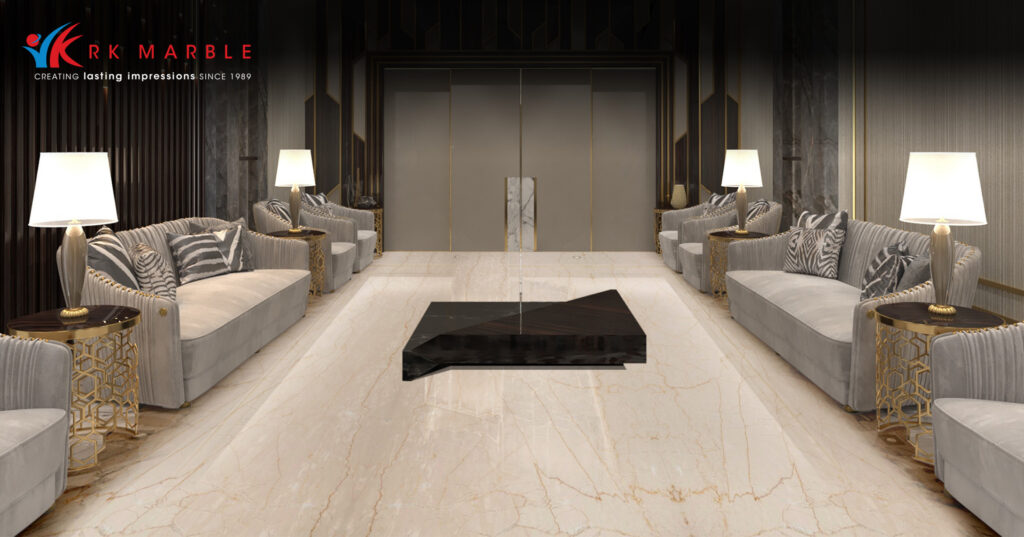
Are you really buying the best quality Italian marble?
High demand has led cheaper knockoffs (yes, even for something that is supposed to be 100% natural by definition) to crowd the market. Whether you are in the market looking for white Italian marble like Statuario or coloured Italian marble like Grey William or Borghini Gold marble, you will surely encounter their much-believable doppelgangers at least once.
High-qualiy Botticino Crema – a well-loved Italian marble transforms your home into a paradise.
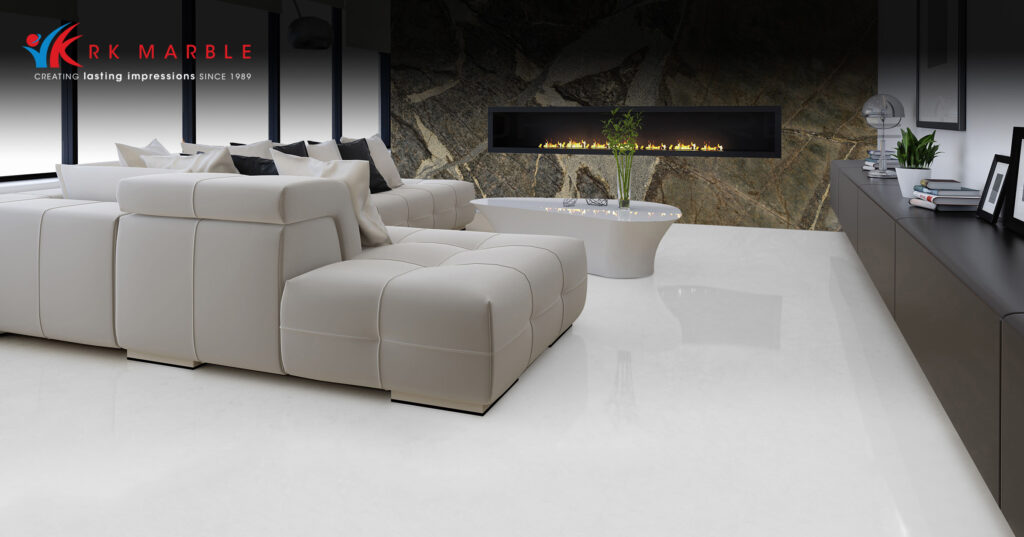
The rise of non-Italian, imported marble
While Italian quarries were harvested for their impeccable beauty centuries ago, many quarries rested obscure around the globe.
Marble from Greece, Turkey (which is thought to have 30% of global marble reserves and is one of the major exporters), Spain, Vietnam (home to R K Marble’s Flawless White and Cat’s Eye marble) and 60+ countries is now available for you to choose from.
The Flawless White Marble flooring glows with an ethereal divinity.
Popular Italian Marble flooring and their Imported Marble alternatives you should consider
If you wish to go against the grain and opt for rarer marble varieties for your home, then you should consider these uncommon imported marble varieties for your home:
Botticino Crema and Sofia Beige
Although they belong to the same colour family, their veining patterns create disparate ambience in the interiors. The intricate grains of Sofia Beige Marble would certainly drop more jaws than the subtle veins of Botticino Crema.
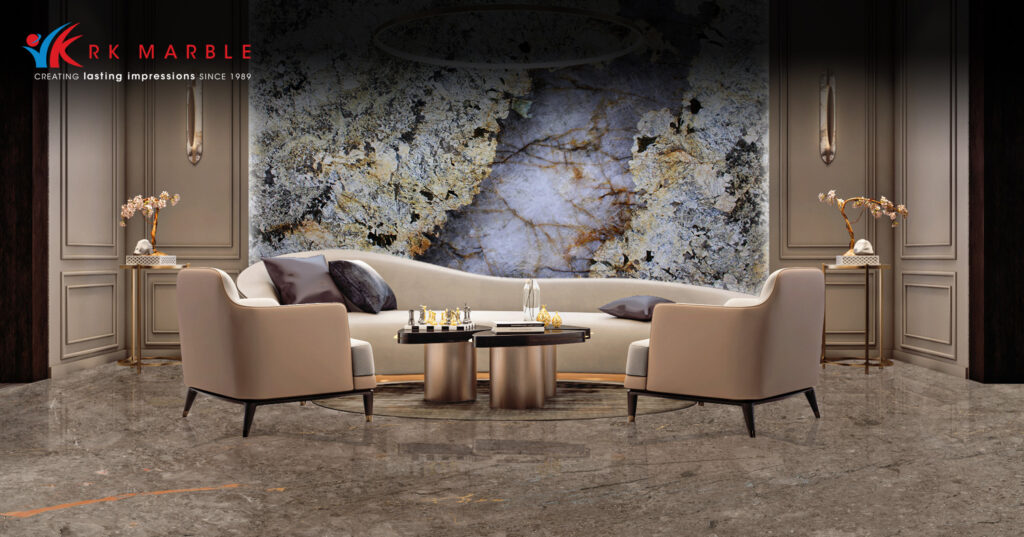
Calacatta Vagli and Cat’s Eye
While the Grey William marble complements a warm tone in the interiors, the Picasso Grey is more versatile. It is no wonder that Picasso Grey is the more popular choice in tropical India where homes are a cool haven.
Authentic, high-quality Grey William Italian marble flooring imparts a warm grandeur to your home.
Buy Italian Marble or Imported Marble for your forever home
What most people fail to realize is that even Italian marble can be of poor quality and you won’t be able to judge with a naked eye. Irrespective of its place of origin, marble can be of extremely high quality, becoming a symbol of your legacy that you can pass down generations.
R K Marble evaluates the quality of marble blocks with X-rays before processing them to increase their lifetime. We ensure that you can adorn your home with the colours you love, and realize that dream of seamless and luxurious marble flooring without worrying about the quality or authenticity of the marble.

